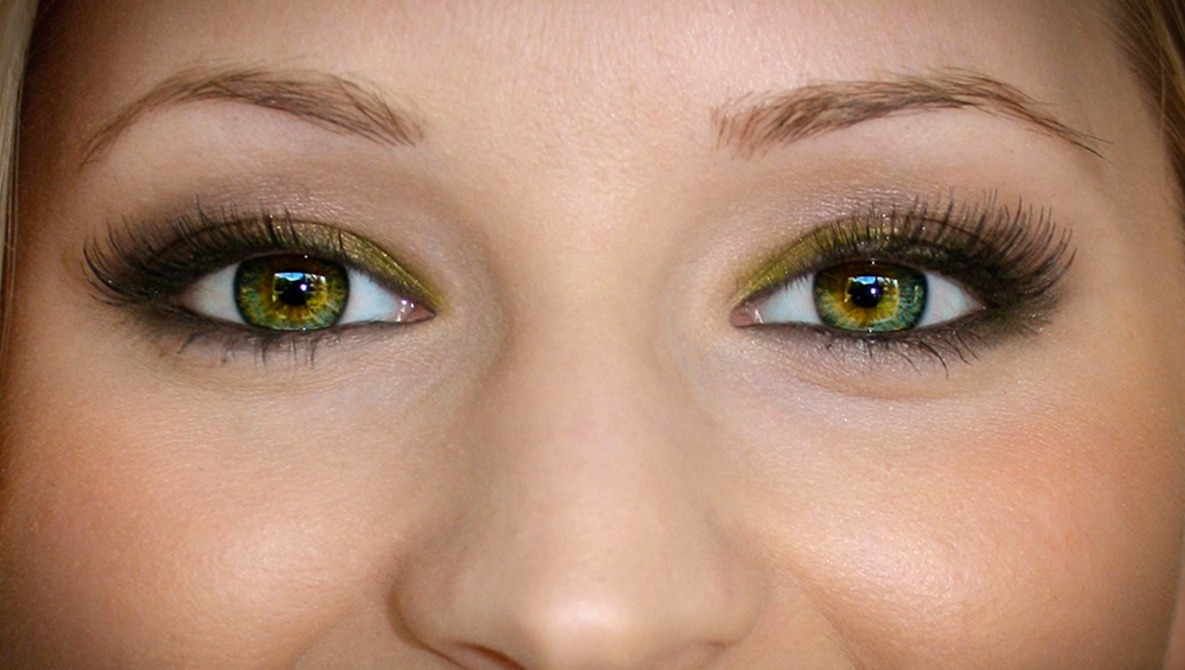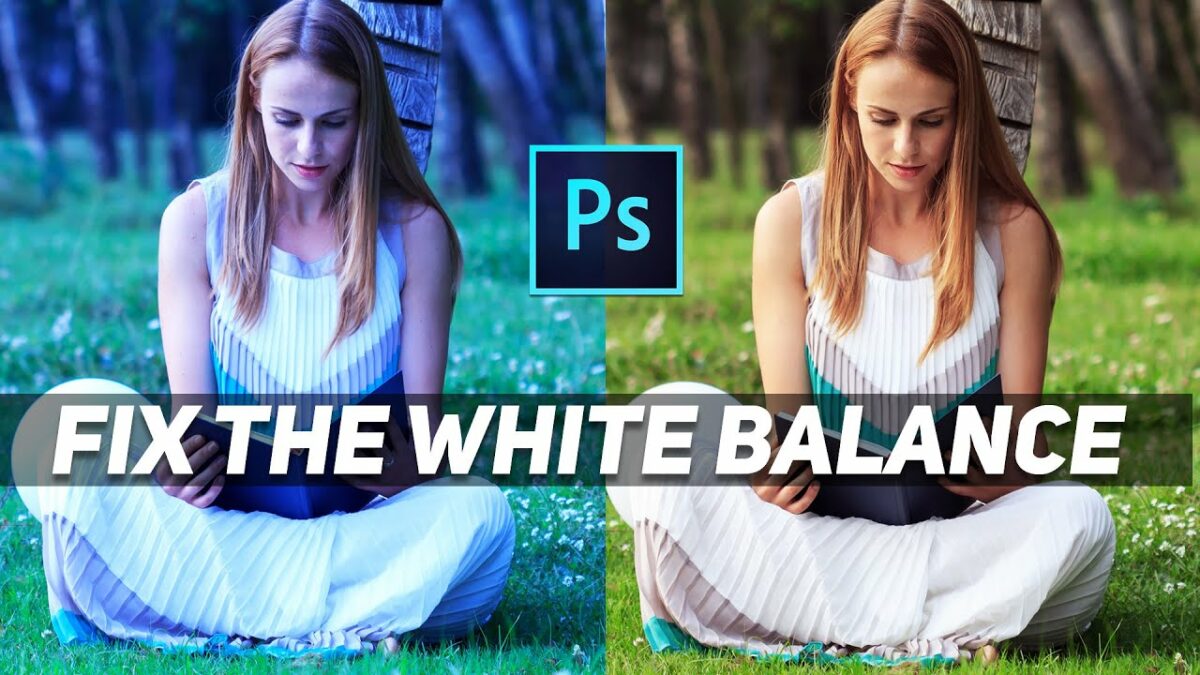Introduction:
The evolution of panoramic photography has taken a quantum leap with the advent of 360 spherical panoramas, immersing viewers in a complete visual experience. In this comprehensive guide, we will explore the intricacies of editing 360 spherical panoramas in Photoshop CC. From stitching to color correction and immersive enhancements, this guide provides detailed insights, step-by-step instructions, and professional tips to help you master the art of crafting breathtaking panoramas that captivate and transport your audience.
Table of Contents:
- Understanding the Power of 360 Spherical Panoramas:
- a. The Evolution of Panoramic Photography
- b. The Immersive Experience of 360 Spherical Panoramas
- c. The Versatility of Applications – From Virtual Tours to Creative Artistry
- Choosing the Right Software and Equipment:
- a. Overview of Photography Equipment for 360 Spherical Panoramas
- b. Selecting a Suitable 360 Camera or Rig
- c. Introduction to Stitching Software Options
- Shooting Techniques for Seamless Panoramas:
- a. Understanding Proper Camera Settings for 360 Photography
- b. Achieving Consistent Exposure Across Frames
- c. Navigating Challenges in Challenging Lighting Conditions
- Importing and Stitching Panoramas in Photoshop CC:
- a. Organizing Images for Effective Stitching
- b. Importing Images into Photoshop CC
- c. Utilizing the Photomerge Function for Seamless Stitching
- Addressing Stitching Errors and Distortions:
- a. Identifying and Correcting Stitching Anomalies
- b. Using the Content-Aware Fill for Gap Reduction
- c. Applying Perspective Adjustments for Seamless Blending
- Color Correction and White Balance Adjustments:
- a. Analyzing Color Consistency Across the Panorama
- b. Utilizing Adjustment Layers for Global Color Correction
- c. Fine-Tuning White Balance for Natural Tones
- Enhancing Dynamic Range in 360 Panoramas:
- a. Leveraging HDR Techniques for Balanced Exposures
- b. Utilizing Gradient Masks for Sky and Ground Adjustments
- c. Applying Localized Dodge and Burn for Highlight Enhancement
- Removing Unwanted Elements and Distractions:
- a. Utilizing Content-Aware Fill and Healing Brush Tools
- b. Addressing Ghosting and Duplications in Moving Subjects
- c. Blending and Cloning Techniques for Seamless Edits
- Immersive Enhancements and Creative Filters:
- a. Applying Vignettes and Graduated Filters for Focus
- b. Experimenting with Creative Filters for Artistic Effects
- c. Utilizing the Camera Raw Filter for Additional Adjustments
- Navigating the Equirectangular Projection:
- a. Understanding the Unique Challenges of Equirectangular Images
- b. Navigating the 2:1 Aspect Ratio for Panoramic Projections
- c. Utilizing Photoshop’s 3D Spherical Panorama Features
- Adding Metadata for Web and VR Integration:
- a. Embedding Exif Information for Proper Display
- b. Implementing Metadata for Virtual Reality Platforms
- c. Exporting Options for Web and VR Integration
- Saving and Exporting the Edited Panorama:
- a. Choosing the Right File Format for Different Platforms
- b. Optimizing Images for Web or Print
- c. Preserving Layers for Future Adjustments
- Inspirational Examples and Case Studies:
- a. Showcasing Noteworthy 360 Spherical Panorama Projects
- b. Breakdowns of Notable Challenges and Solutions
- c. Exploring Different Styles and Approaches in Panoramic Editing
Conclusion:
Mastering the art of editing 360 spherical panoramas in Photoshop CC is a journey that combines technical prowess with creative vision. This comprehensive guide has equipped you with the knowledge and tools needed to craft breathtaking panoramas that transport your audience to immersive landscapes. As you embark on your journey of panoramic editing, remember that attention to detail, experimentation, and a deep understanding of Photoshop’s capabilities will guide you towards creating panoramas that transcend the boundaries of traditional photography. So, dive into the world of 360 spherical panorama editing in Photoshop CC and let your creativity soar as you craft visual experiences that captivate and transport your audience.


